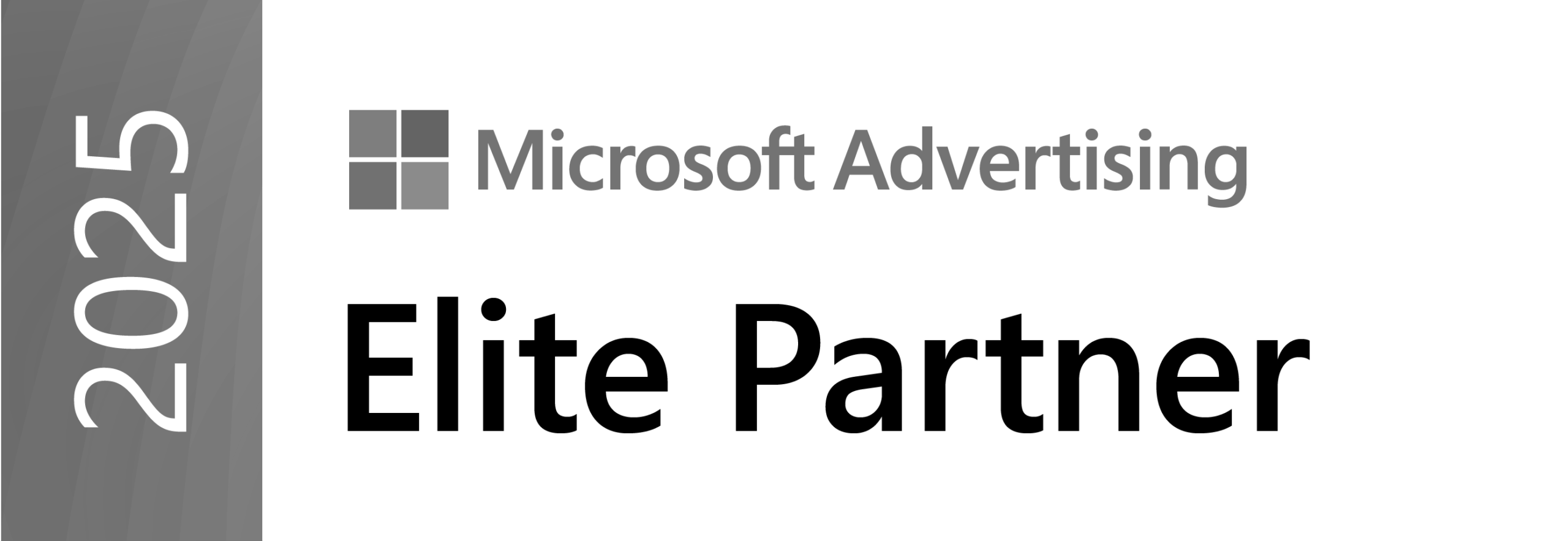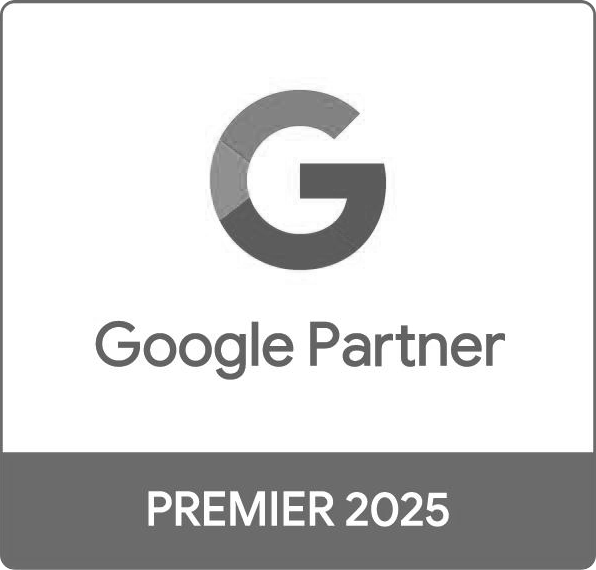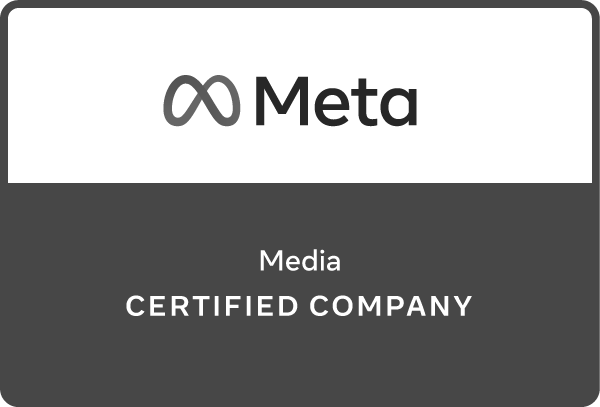
When it comes to retail media, the buzz is generally around national campaigns with massive reach and millions of impressions. Recently, however, a quiet strength has been emerging within regional retailers. With smaller footprints and leaner resources, regional brands are succeeding by capitalizing on their greatest strength: their customers and communities. They foster strong, personal relationships based on trust and consistency through repeat visits, word-of-mouth marketing and partnerships.
Loyalty starts local, a truism that every brand should take to heart.
Rather than casting a wide net, regional brands are narrowing their media lens. There’s a focus on hyperlocal marketing practices such as targeting Zip Codes and DMAs. It becomes even more granular when brands target specific community events, such as high school football games or street festivals. This approach doesn’t just make the advertising more effective; it makes the message more relevant.
Wallscapes at city landmarks, public transit campaigns and bike share ads can all help brands to insert themselves into the fabric of a city. Meanwhile, aligning with community-oriented apps and platforms, such as Yelp and Nextdoor, offers brands an added layer of proximity, allowing them to show up during everyday moments. When campaigns become more localized, customers can better see how a brand fits into their day-to-day lives.
While regional retailers may be best positioned to leverage this type of marketing, investing in communities is something that any company, large or small, can do. Research shows that campaigns deliver greater engagement and boost purchase intent for national brands when they’re tailored to connect with a local audience.
When strategically planned, media can turbocharge community-driven loyalty by meeting customers where they already are, physically and emotionally. When combined with CRM or loyalty data, this strategy is taken to the next level. By understanding customer preferences, behavior and shopping patterns, brands can make smart decisions on where and how to activate. For example, KFC launched a community-driven campaign featuring limited-edition buckets in South Africa designed by a local artist, Karabo Poppy. This campaign had social sharing across the country by leveraging regional pride; KFC then used consumer behavior data to understand which regions were most engaged with the content and boosted the campaign in the markets it mattered most.
This kind of targeted segmentation opens the door for competitive conquesting, highlighting where a brand can best win share from competitors by being credibly present in local contexts. By focusing on new store openings and seasonal events, brands can use localized media to disrupt competitor strongholds and build awareness in growing markets where they want to expand.
The most effective loyalty strategies aren’t necessarily just built on loyalty points and perks; they’re built on presence. Customized offers and local sponsorships show audiences that a brand understands them. Regional retailers do this naturally, but national brands can mirror it by embracing specificity and allowing data to lead the way.
By blending hyperlocal marketing strategies with smart data, such as CRM insights and lookalike audiences, brands can build connections that last. In a media landscape where attention is short-lived, loyalty is the long game, and it doesn’t take a massive budget to play. Regional retailers are showing us that meaningful engagement can start small: a parade downtown, a local art show, a charity golf event. What matters most is knowing where to show up and why.
Want to learn more about hyperlocal marketing and continue the conversation? Reach out to Rise.








